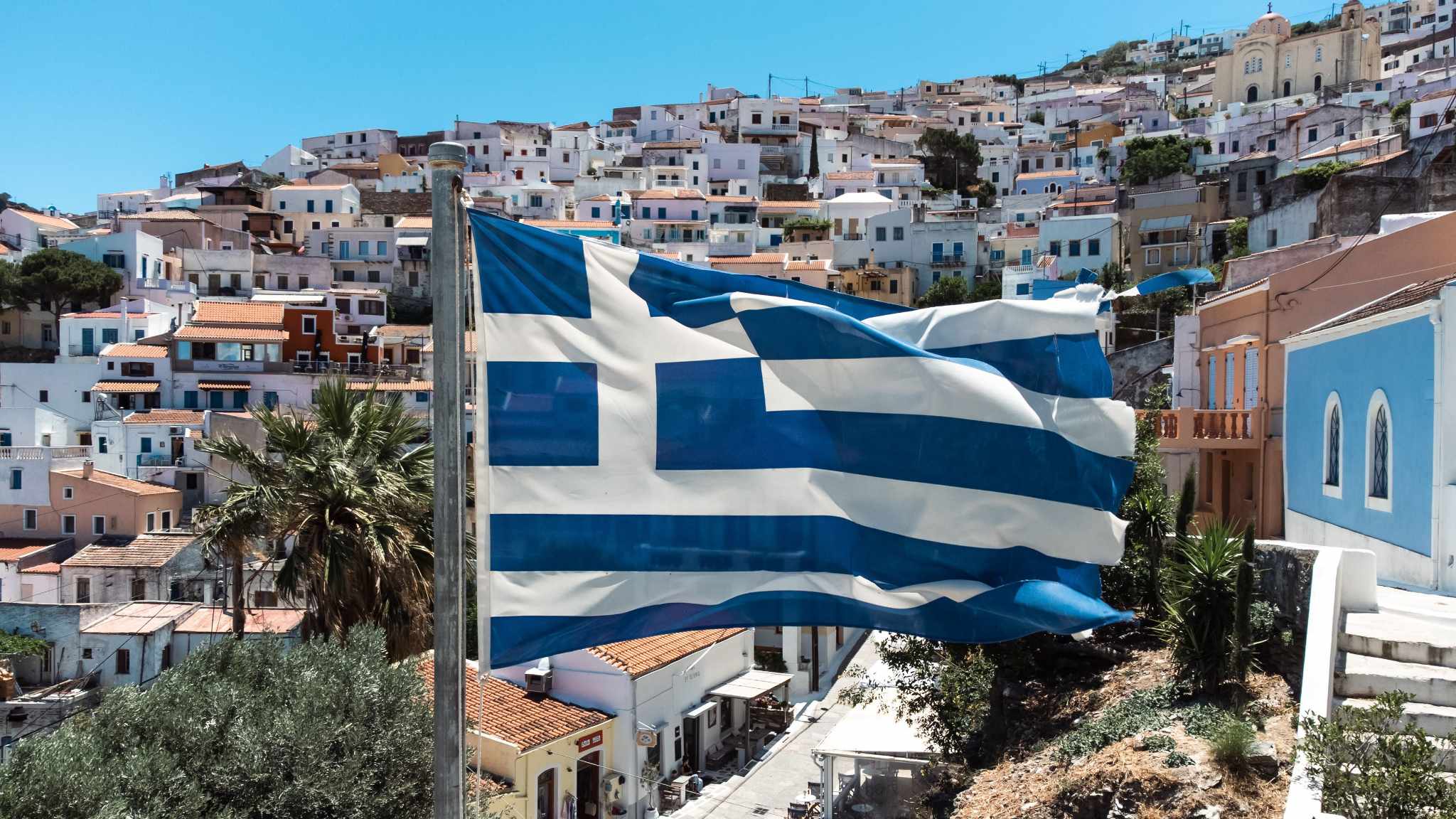
Activities on Kea
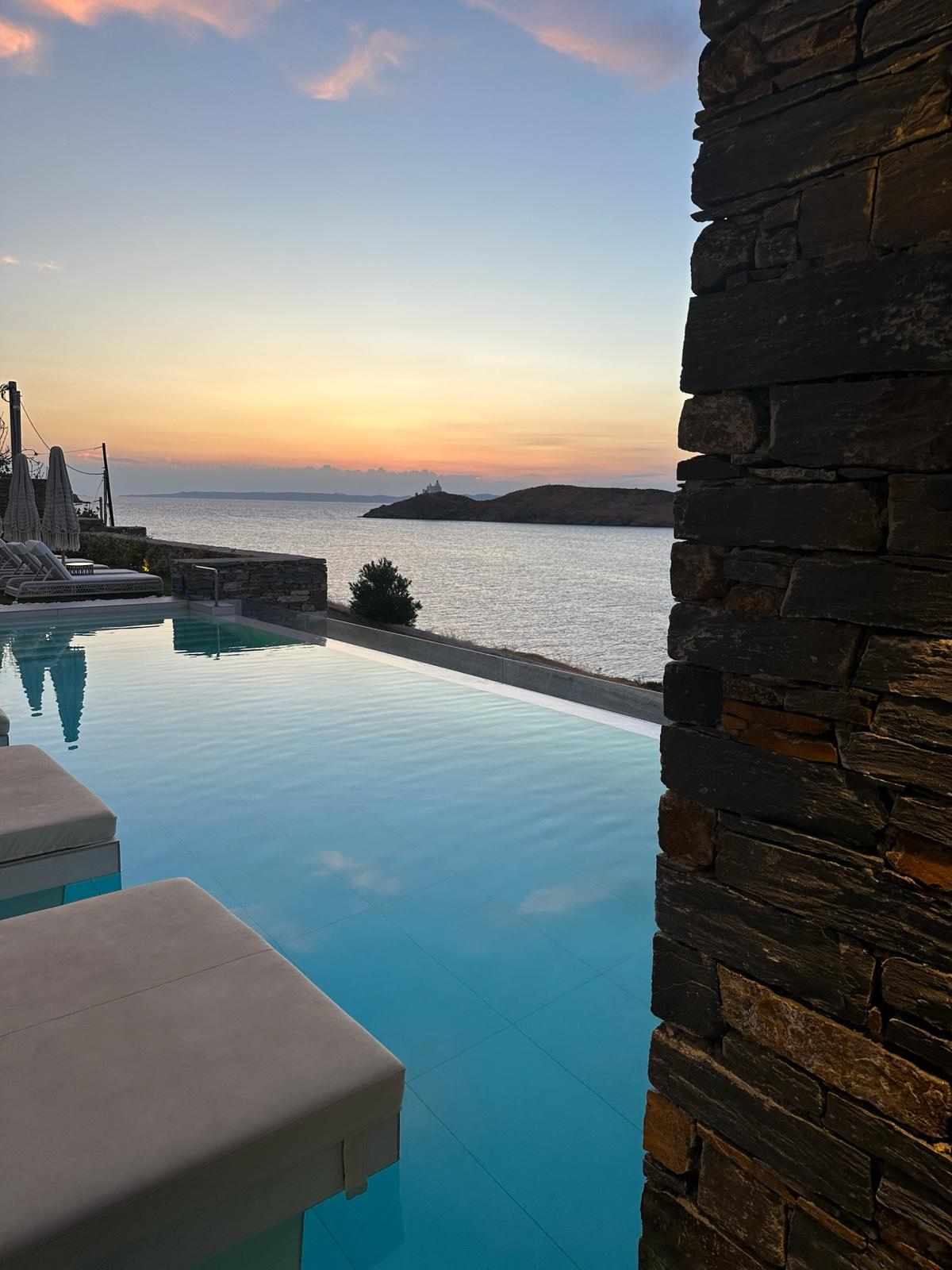
When you think of the Cyclades, the image that might spring to mind is of lengthy ferry journeys, possibly leading you to believe that anything less than a week wouldn’t justify the travel. However, this isn’t always true. Just an hour’s distance from Athens lies a Cycladic gem as enchanting as its sisters.
Kea, or Tzia as the locals refer to it, can be reached by a swift 60-minute ferry from Lavrio, a serene port located conveniently close to the Athens airport. The journey from the heart of Athens to this tranquil island takes less than an hour, whether you’re traveling by bus or car.
Kea boasts a sophisticated charm, yet it maintains a low profile. Its nearness to Athens has attracted well-to-do Athenians who have erected summer residences that blend seamlessly into the landscape. The most palpable signs of their lavish lifestyles are the luxurious yachts and sailboats that can be seen while peering through the car window for a view of a hidden beach, or when visiting the charming harbor of Vourkari.
The sunsets on Kea are as breathtaking as those on Santorini, yet here, the experience is serene, without the need to jostle among crowds of tourists wielding selfie sticks.
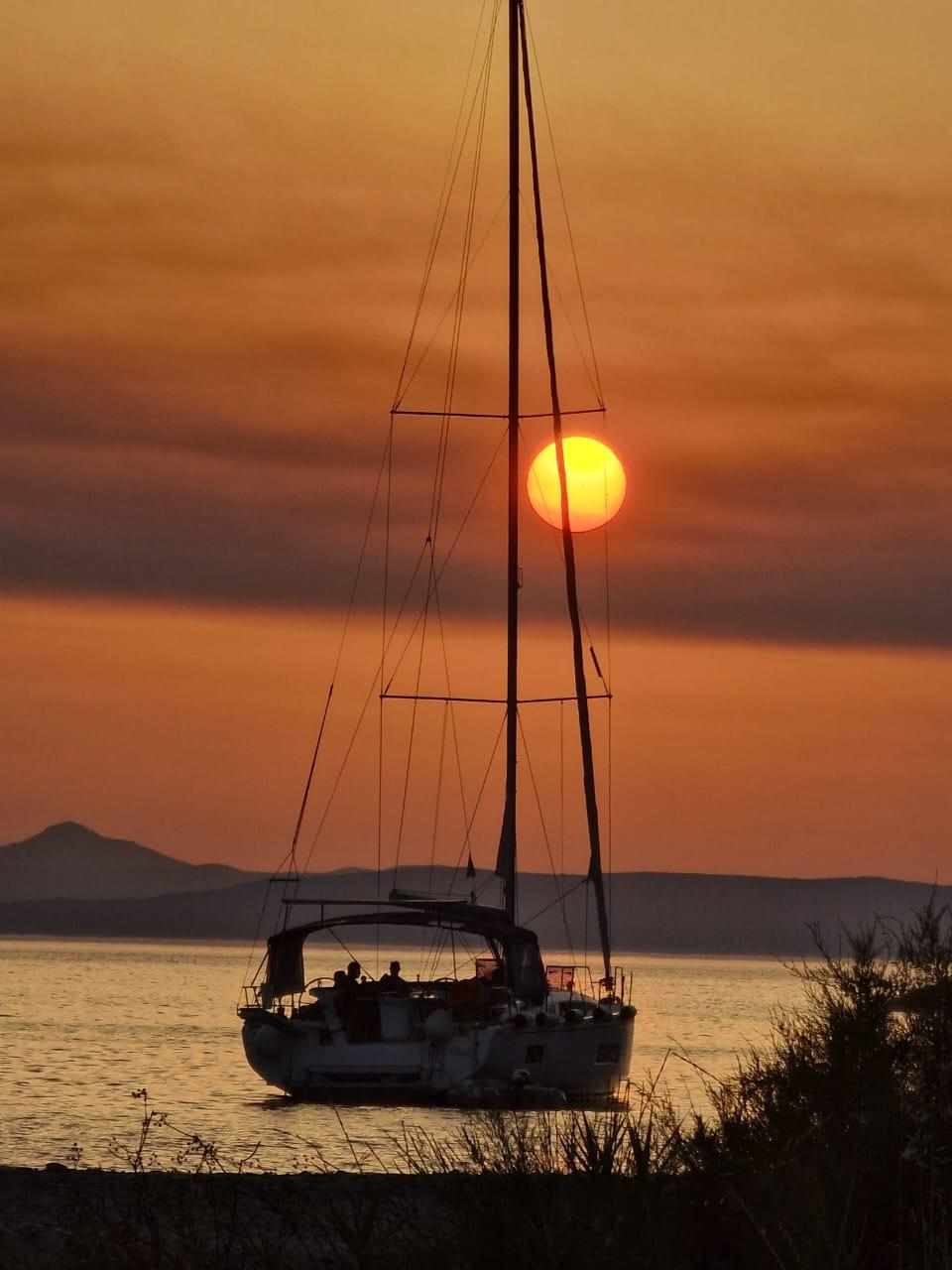
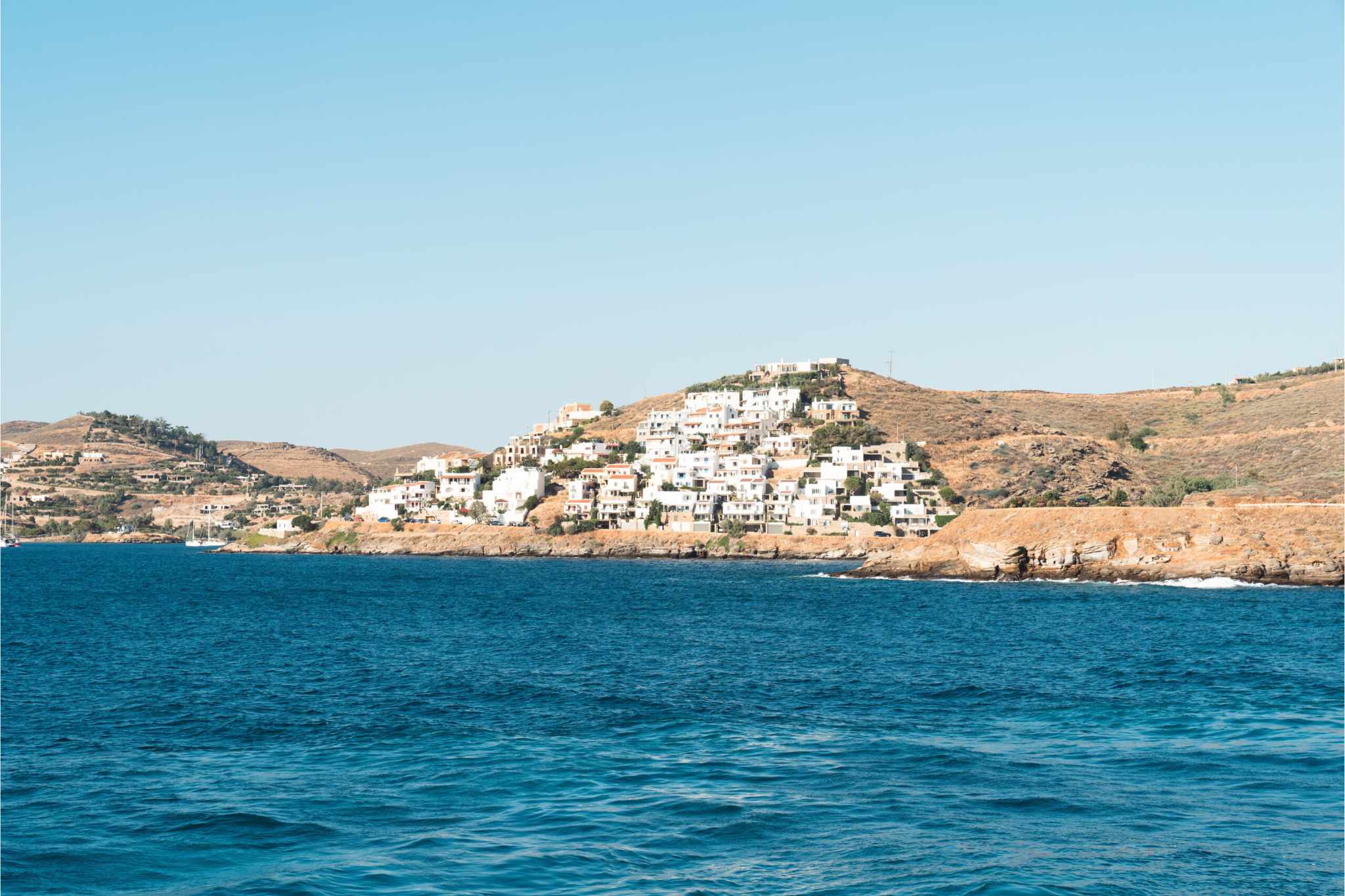
A characteristic charm of Kea lies in its network of unpaved roads, adding to the island’s unspoiled allure. To truly uncover the island’s rugged, eastern terrain, a car is essential, as this area is dominated by dirt tracks. The island is fringed with over 30 beaches, yet the majority are reachable solely by boat. However, a dependable bus service links Korissia, the main port, with Ioulida, the island’s capital or Hora, alongside a few picturesque bays like Otzias, Vourkari, and Koundouros.
Kea might not boast the extensive historical sites and attractions some other destinations offer, but the essence of escaping Athens isn’t really about immersing yourself in history, is it?
The capital of Kea, Ioulida, cascades down the slope in a manner reminiscent of spilled milk gliding over a table. Take time to explore the small but fascinating archaeological museum before meandering through the labyrinth of pristine white sokakia (narrow streets). As you pass beneath the archway leading into the town, remember to look around — and upwards — for the distinctive marks left by the renowned Greek artist Alekos Fassianos, who had a residence in Ioulida.
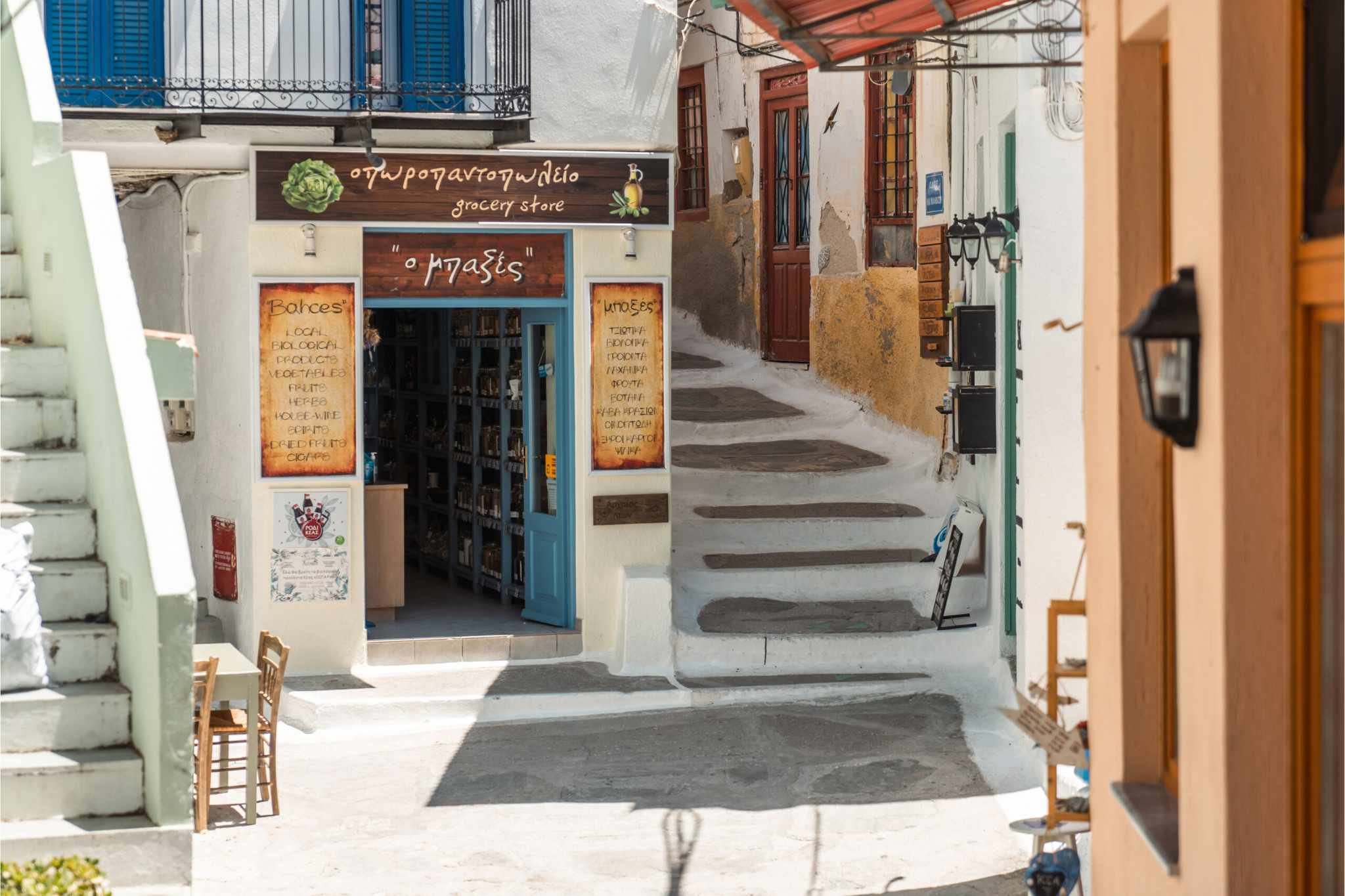
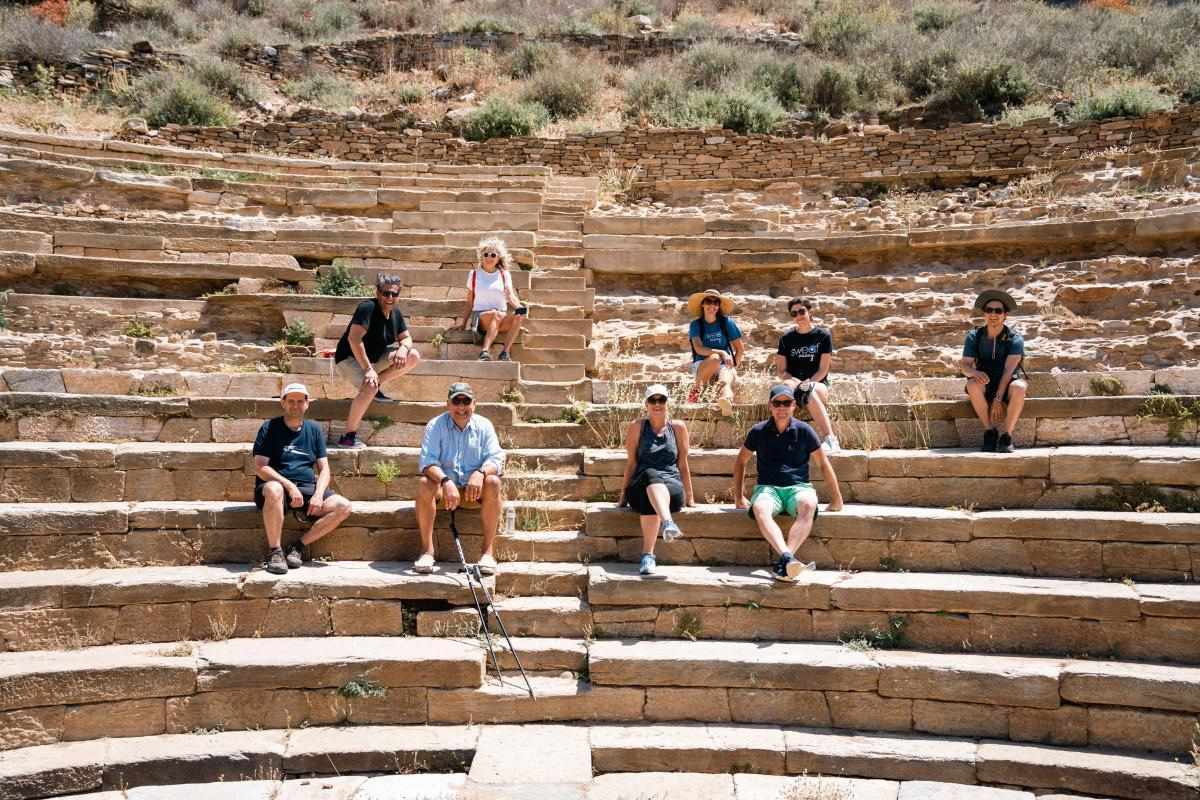
Located on the island’s eastern flank lie the ruins of Karthea, one of Kea’s four ancient cities. Established in the 12th century BCE on a hillside overlooking a captivating beach, reaching this pristine shoreline requires a challenging 45-minute trek down the steep path. Yet, the effort is rewarded manifold by the breathtaking beauty that awaits.
Seek out a cool refuge beneath the grand trees in the central square of Hora at Ton Kalofagadon. This eatery is celebrated for its local Kea delicacies. Sample the loza, akin to Kea’s version of prosciutto, or indulge in paspalas, a dish of pork roasted with tomatoes, eggs, and cheese. The sight of a piglet expertly turning on a spit confirms their mastery in preparing skewered meats.
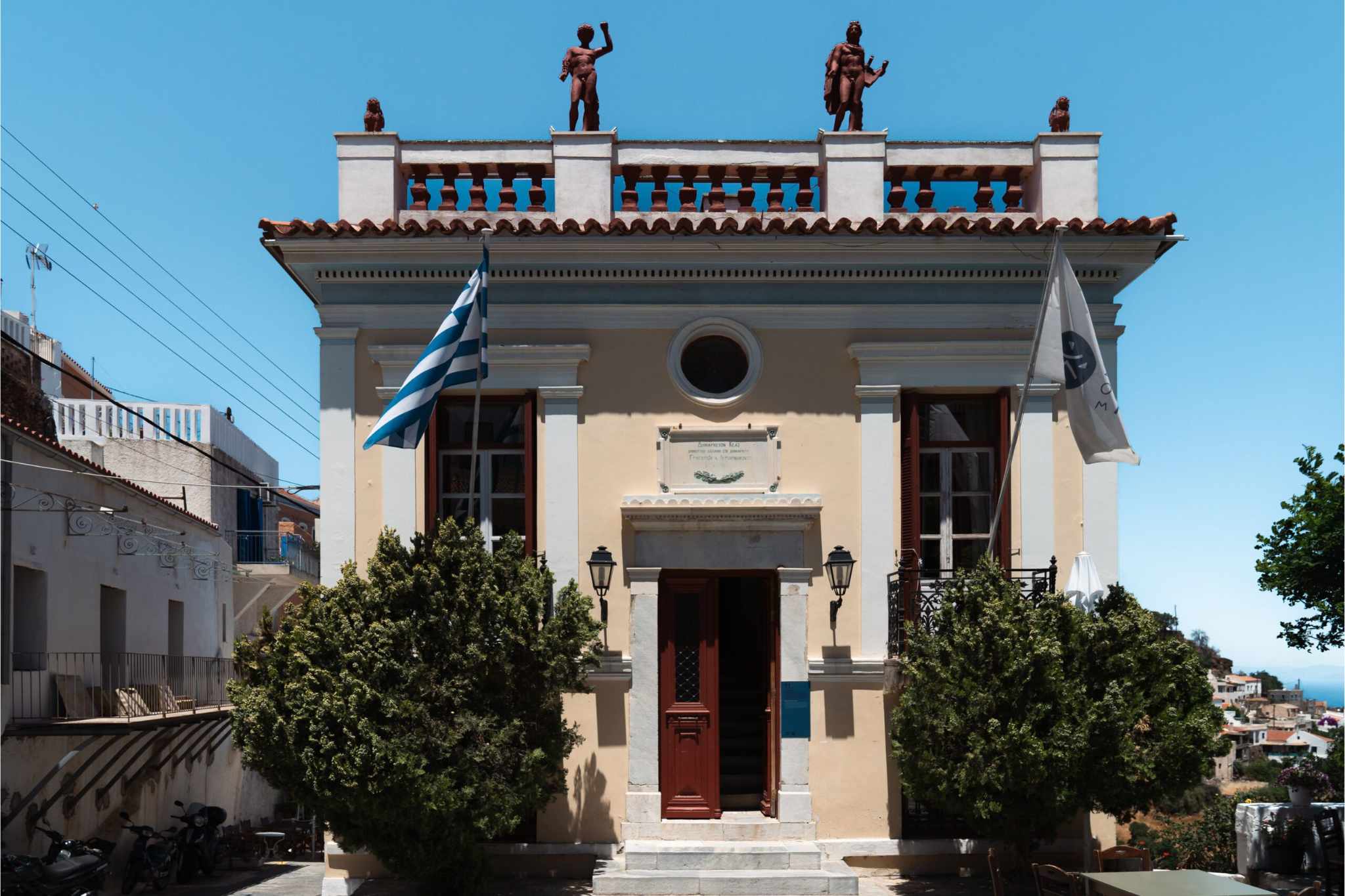
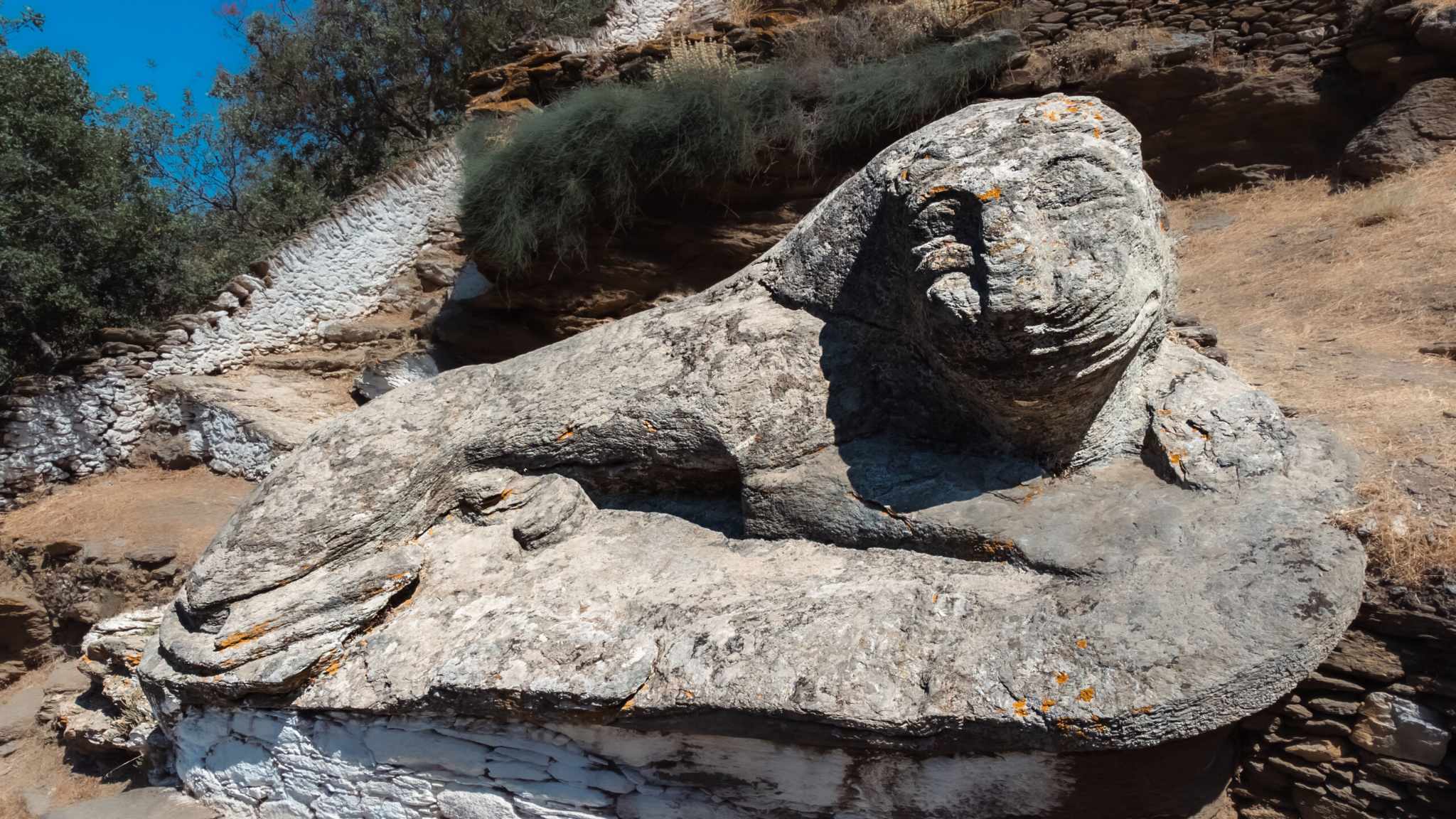
Make it a point to wander through the village and venture to its edges to honor the emblem of the island: Leon, Kea’s lion. Sculpted into the rock, grinning down at the town, this limestone guardian hails from the 6th century BCE. Legend suggests that this lion was sent by the Olympian gods, envious of the island’s water nymphs, with a mission to devastate Kea. Clearly, this unusually amiable beast did not accomplish its task. Intriguingly, this lion has also lent its name to the sole bar in Ioulida, making it a notable point of interest.
For those who prefer a less strenuous adventure, Kea offers 81 kilometres of walking paths that are predominantly easy-going, forming part of the historic routes linking the city-states. Consider embarking on the Ioulida-Otzias trail: spanning just over five kilometres, this path guides you by the Leon of Kea and concludes at the welcoming, organized beach of Otzias for a rejuvenating end to your journey.
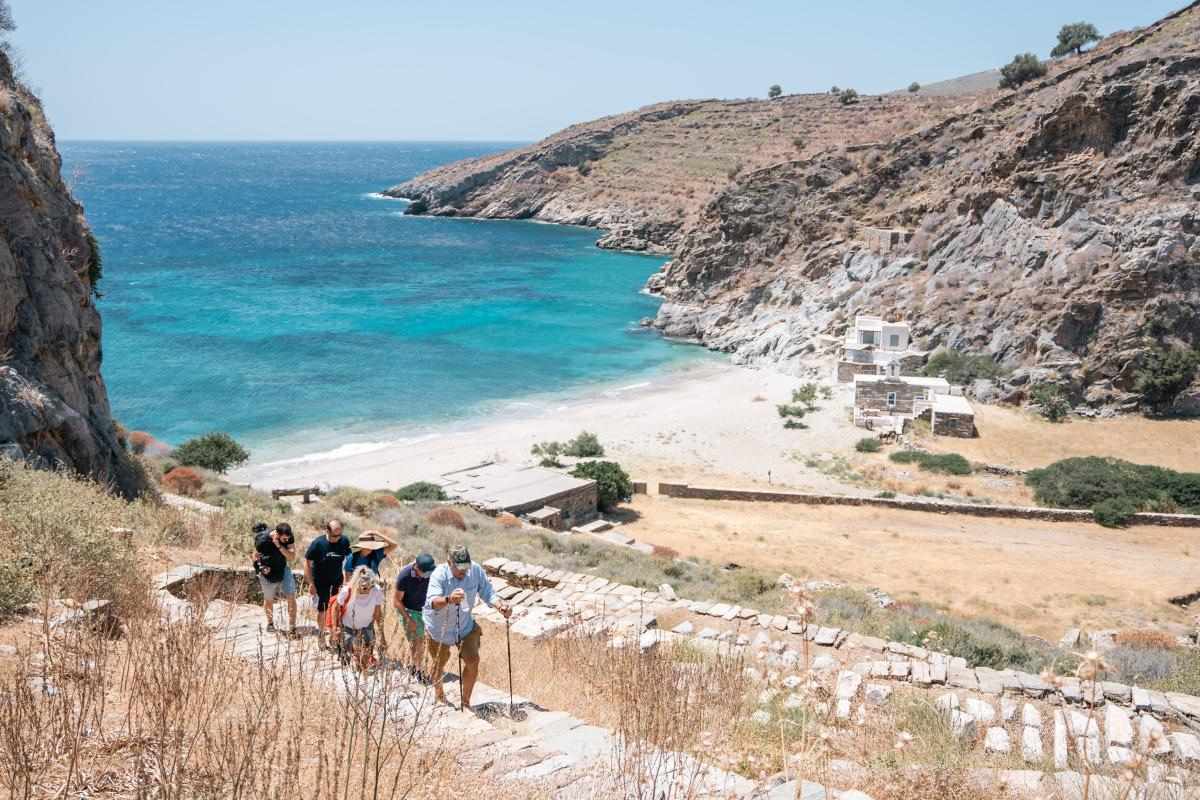
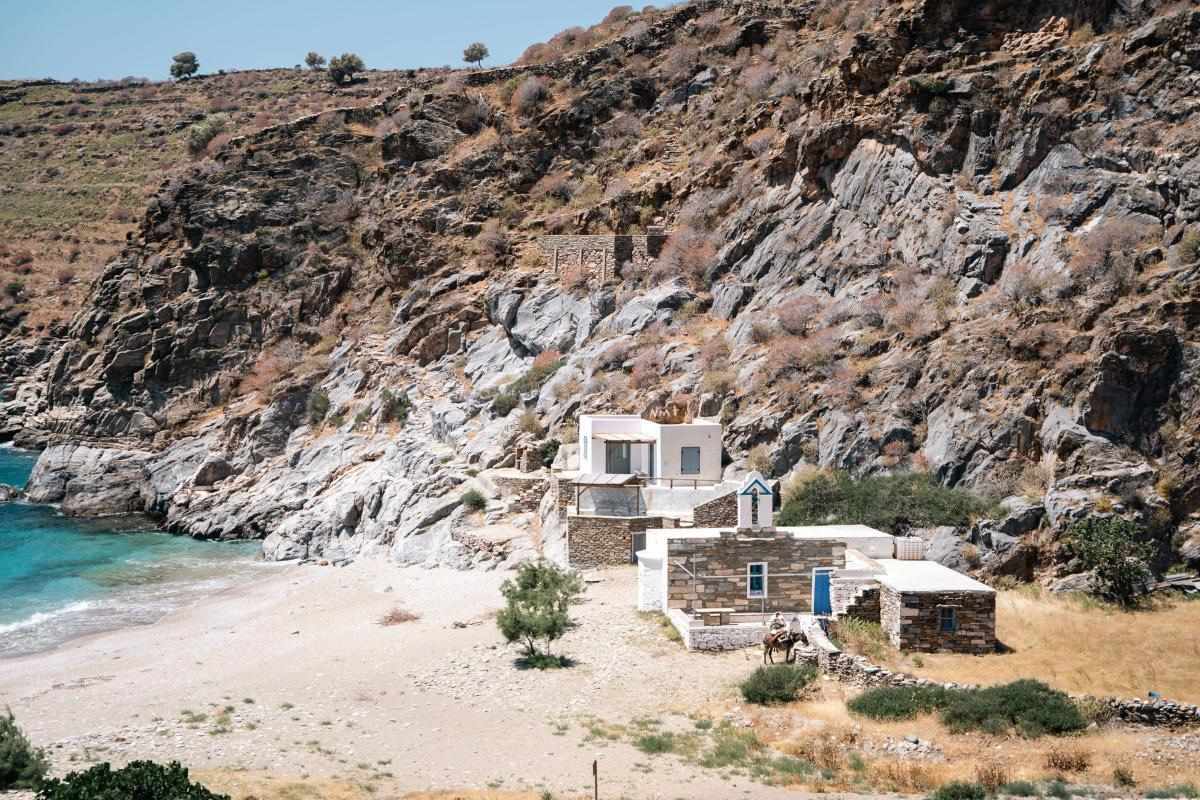
Alternatively, dedicate a day to snorkeling or scuba diving at Koundouraki Beach. Its reef ranks among Greece’s premier diving sites. Directly in front of the island’s port lies the resting place of the Titanic’s sibling vessel, the Britannic, which met its fate in 1911. While only accessible to experienced divers, the thought of the secrets held by the ocean depths adds a layer of intrigue as you sail into Korissia port.
